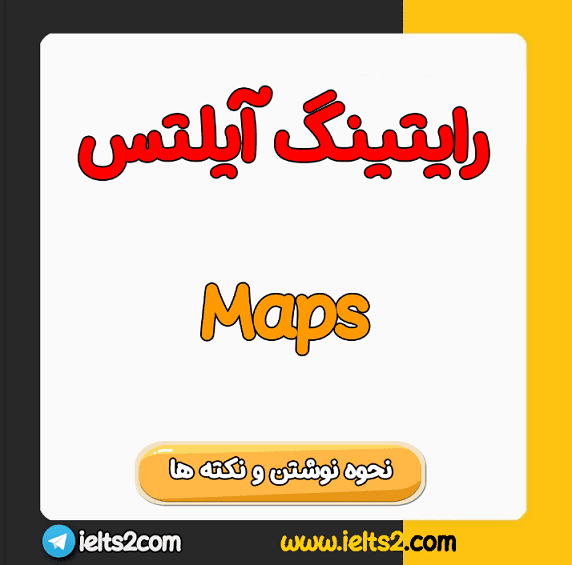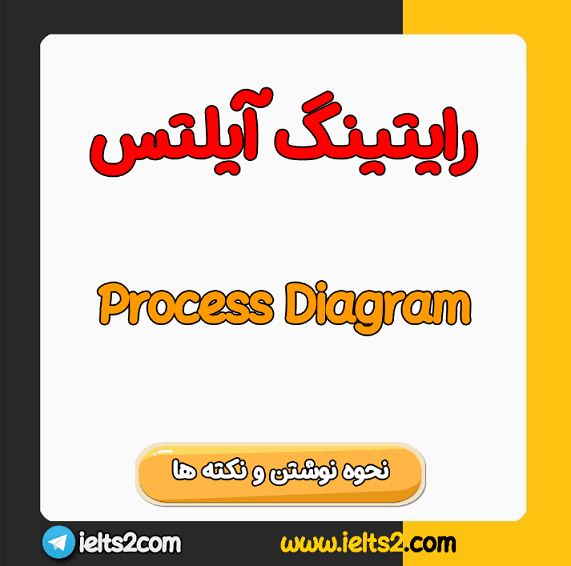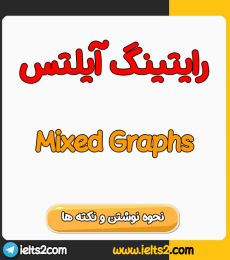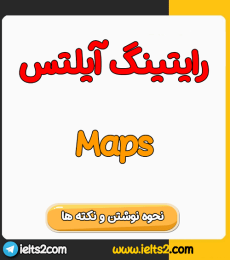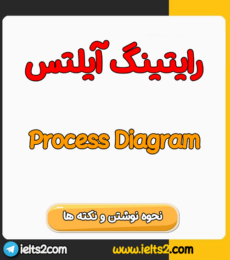
رایتینگ آیلتس Multiple Graphs تسک 1
رایتینگ آیلتس Multiple Graphs تسک 1
رویهمرفته در تسک اول رایتینگ آیلتس آکادمیک 7 نوع سوال وجود دارد که آموزش و سمپل های تمامی آن ها را به صورت کامل و گام به گام در سایت www.ielts2.com خدمت شما عزیزان ارایه کردیم. در این پست آموزشی به طور مشخص در مورد یک نوع خاص و نسبتا نادرتر از پرسش های تسک 1 صحبت خواهیم کرد که به نوع Mixed یا ترکیبی معروف هستند. وبسایت های مرجع این نوع سوال ها را با نام Multiple Graph و Multiple Chart یا Mixed Charts و Mixed Graphs دسته بندی میکنند.
همچنین برای دریافت فیدبک و تصحیح رایگان رایتینگ آیلتس در گروه آیلتس (https://t.me/ielts2Group) ما همراه باشید.




